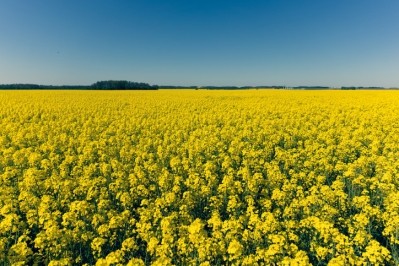Coceral sees significant increase in EU grain production for 2019
That would be a hike of a little over 18m tons on last year’s crop when EU farmers harvested 280.2m tons of grains, said the organization.
How is wheat, barley output shaping up?
It forecasts EU wheat production for 2019 at 139.8m tons, up from 127.4m tons in 2018, because of higher plantings and an expected recovery in yields in Germany, France, the UK, Poland and Scandinavia.
The Spanish wheat crop is projected to be lower, though, due to dry weather and a drop in soil moisture levels.
The EU’s barley production forecast for 2019 stands at 59.4m tons, up from the 56.1m tons achieved last year. Higher barley output is mainly expected in the northwestern parts of the EU, said Coceral.
The EU’s corn crop is projected at 61m tons, almost unchanged from last year.
EU rapeseed production outlook
The trade group said the forecast for EU rapeseed production forecast is 18.5m tons, down from the “already disappointing” 19.7m ton level crop in 2018.
“The decrease is mainly due much lower plantings in Germany, Romania, and France as a result from low prices and drought during the planting window.”
European rapeseed markets may face an unusual market situation this year then - as the focus for rapeseed production is to move further east, they will have a greater exposure to the conditions in countries such as Romania and Ukraine, noted Peter Collier, analyst, AHDB Market Intelligence.
He told FeedNavigator late last month:
“With a likely greater need for importing oilseed rape in 2019/20, and Ukraine the predominant import origin, EU rapeseed markets will be more exposed to import origin prices.
“While the EU will be in deficit once more next year, with a tighter supply, this would classically lead to a price rise on a supply and demand curve.
“However, with larger volumes of imports, EU markets will price to an even greater extent on Ukraine prices, and Ukraine is forecast a much larger crop, with the area forecast up ~29%. Therefore, a potentially bearish Black Sea outlook, while EU supply and demand factors would appear bullish.”












